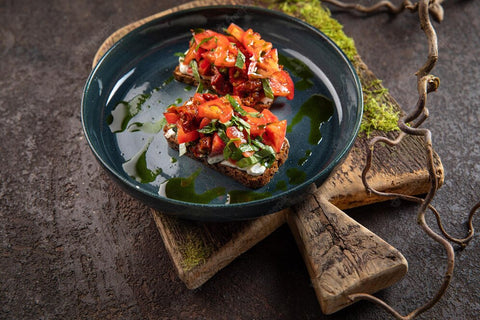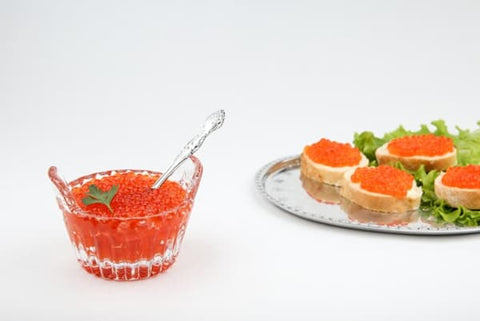How to Eat Foie Gras?
Foie gras is a delicacy that has been adored by people worldwide for years due to its distinctive sweetness and decadently rich flavor. Foie gras is made from ducks whose livers have been intentionally enlarged to produce larger and more succulent livers than usual. While many individuals recognize foie gras with pate, this connoisseur delicacy can be delighted in different ways. Typically, it is offered as an appetizer. If you’re new to making foie gras, here are some suggestions. We should investigate what foie gras is and how it could be consumed to acquire a superior handle on how to eat and appreciate it.
What are the Various Ways of Preparing and Eating Foie Gras?
- Hot Preparation Eating Method: Foie gras is increasingly being used in hot dishes in the United Kingdom, France, and other countries due to the growing internationalization of food and cuisine. In heated foie gras, the most common spices are paprika, salt, and black pepper. Due to its crunch, chefs have used fleur de sel as a gourmet spice for heated foie gras.
- Cold Preparation Eating Method: Foie gras pâtés, mousses, terrines, parfaits, and other cold preparations are typically flavored with truffles, mushrooms, or alcoholic beverages like cognac or Armagnac. They are prepared using low-heat traditional cooking techniques. After being slowly cooked, foie gras is served at lower or room temperature. Raw form of foie gras is served salty and slightly chilly.
- Ready-made Foie Gras: Ready-made foie gras, such as pate and terrine made of foie gras, can be consumed at room temperature or slightly chilled. Simply portion out the dish and serve it with toast cut thinly. Since foie gras is the dish’s main component, it doesn’t need other flavors to compete with it. When eating foie gras, some foodies like to add a little sweet fruit jelly to balance out the strong flavor. For the best experience, pair foie gras, whether fresh or prepared, with a quality Sauternes or other dessert wine.
How to Eat the Popular Combinations of Foie Gras?
- Bread: During cocktail hour, serve it with Champagne or sweet white wine from southwestern France, as this is the simplest and most traditional way to serve it. The spreadable form of foie gras, typically served with a baguette or cracker, is the one that most people are most familiar with. Although roasted, pan-fried, or barbecued foie gras is popular, When toasting the bread, choose a dense variety that can be cut into smaller rounds, like a baguette, to accommodate the foie gras. Because of this principle, experts recommend serving the mildly chilled Foie Gras with ordinary loaves of bread. For the foie gras products, a white or gray, slightly dried-out bread better suited for toasting is ideal. A piece of foie gras convet should be sliced off with a knife, spread lightly on bread, and eaten according to French etiquette.
- Champagne and Wine: Very few food-wine pairings compare to Foie Gras and its numerous crus. Foie Gras and a glass of sweet sugary wine, for example, Sauternes, is just a choice. Foie Gras shines brightest in southwest France’s wines, including Sainte-Croix-du-Mont, sweet Bergerac, pungent Loupiac, and Jurançon.
- Mousse: Foie gras mousse is another common form of the dish. Served on crackers or packed in prunes, our foie gras mousse, made to order, is delicious spread on toasted semolina bread with raisins. The foie gras mousse is made with cooked foie gras, which is mashed with brandy and butter in a food processor to create a smooth, silky paste spread on fresh bread.
Conclusion
Foie gras, also known as fatty duck or goose liver, is a delicacy from France that is well-liked worldwide. Foie gras has a meaty, buttery flavor, a velvety texture, and a lot of fat. It can be made in several ways, but the most common way to serve it is as a pâté with crackers or bread. Foie gras is expensive despite its high nutritional value and abundant vitamins and minerals. If you want to purchase Foie Gras at the best prices, visit or contact Caviar Lover.




